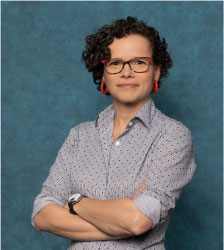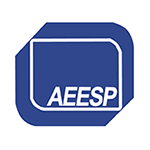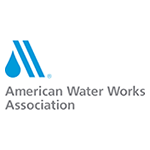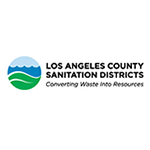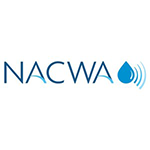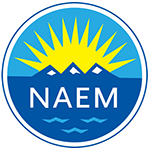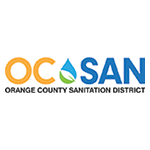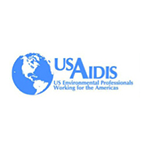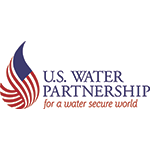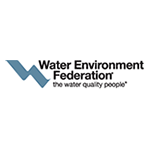
Earn Your AAEES Microcredential in Per- and Polyfluoroalkyl Substances (PFAS) – On Demand
Only $99 (a $160 value)
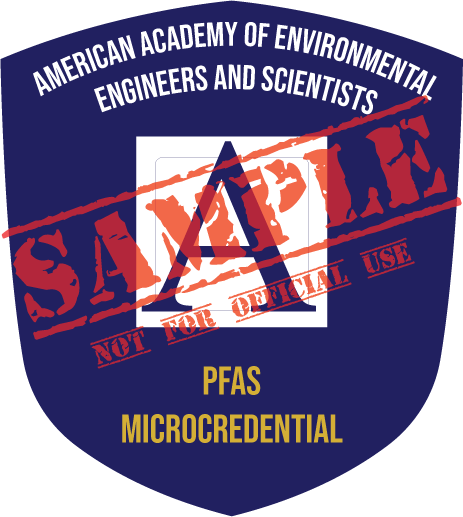
This self-paced, on-demand course series from the American Academy of Environmental Engineers and Scientists (AAEES) explores the critical challenges and solutions surrounding PFAS (Per- and Polyfluoroalkyl Substances) in environmental engineering and science. By completing four expert-led webinars and their associated quizzes, participants earn a digital microcredential in PFAS.
What’s Included:
- 4 on-demand webinars from leading experts
- Quizzes to reinforce learning
- A digital badge upon completion
- Real-world case studies and applications
- Topics ranging from PFAS treatment technologies to regulatory and risk management strategies
Cost:
Only $99 (a $160 value)
Ideal For:
Environmental engineers, scientists, students, and professionals interested in understanding PFAS contamination, treatment, risk assessment, and compliance requirements.
Outcome:
Gain practical knowledge, showcase your expertise with a digital badge, and stay ahead in addressing one of the most pressing challenges in environmental engineering and science.
Module 1
What’re the Risks of PFAS? A Practitioner’s Overview of Risk Assessment, Management and Communication for Per- and Polyfluoroalkyl Substances in 2024
Presenter
Jon Petali, PhD, DABT
Environmental Scientist, Human Health Risk Assessor
Environmental Solutions Division
Battelle
Understand the Role of Risk Assessment in PFAS Regulation
Participants will learn how human health and ecological risk assessments have shaped current PFAS regulatory guidance and management frameworks, and how emerging changes may influence future policies.
Identify PFAS Exposure Pathways across Environmental Media
Participants will be able to recognize and distinguish key pathways—such as groundwater, surface water, soil, sediment, air, and wildlife—through which PFAS can lead to human and ecological exposure.
Assess the Sources of Uncertainty in PFAS Risk Characterization
Participants will explore the scientific and practical complexities involved in PFAS risk assessments, including uncertainty in exposure quantification, hazard evaluation, dose-response relationships, and how these uncertainties impact decision-making.
Evaluate Strategic Risk Management and Communication Approaches
Participants will gain insight into effective strategies for managing PFAS risks, including risk communication best practices for engaging stakeholders during evolving regulatory and scientific climates.
Apply PFAS Risk Assessment Principles to Professional Practice
By the end of the webinar, participants should be able to apply learned concepts—such as risk evaluation, management strategies, and communication tactics—to real-world scenarios in environmental engineering and science.
Module 2
When Persistence Doesn’t Pay Off: Integrative Approaches to Understand and Predict the Hazards of Poorly Studied Per- and Polyfluoroalkyl Substances (PFAS)
Presenter
Carla A. Ng, PhD
Associate Professor, Civil & Environmental Engineering
Fulton C. Noss Faculty Fellow
University of Pittsburgh
Explain Integrative Methods for PFAS Detection and Monitoring
Learners will understand how to combine analytical, modeling, and field-based techniques to detect PFAS across environments and to monitor their spread.
Interpret Predictive Modeling Approaches for PFAS Behavior
Learners will analyze how models can be used to predict PFAS transport, fate, and persistence in environmental media such as water, soil, and biota.
Correlate Multidisciplinary Data Streams for Comprehensive PFAS Assessment
Participants will learn to synthesize data from laboratory experiments, field measurements, and computational simulations to form a unified understanding of PFAS behavior.
Evaluate the Strengths, Limitations, and Uncertainties of Integrated PFAS Strategies
Participants will critically assess how well different integrative approaches capture PFAS dynamics, including potential blind spots and sources of modeling uncertainty.
Apply Integrated Approaches to Case Studies and Real-World PFAS Scenarios
Learners will translate theoretical approaches into practical application—adapting integrative methods to manage or predict PFAS contamination in real-world environmental and engineering contexts.
Module 3
Multifunctional Membranes Towards PFAS Remediation
Presenter

Professor D. Bhattacharyya
University Alumni Chair Professor, Director of the Center of Membrane Sciences
Dept. of Chemical and Materials Engineering
University of Kentucky
Differentiate Conventional from Functionalized Membrane Technologies
Participants will be able to explain the limitations of standard membrane types—such as reverse osmosis (RO), nanofiltration (NF), ultrafiltration (UF), and microfiltration (MF)—for PFAS removal, and articulate how incorporating nanostructured features can overcome challenges in difficult environmental separations.
Describe Surface and Pore Functionalization Techniques for PFAS Capture
Participants will understand how embedding functional materials (e.g., amine groups or temperature-responsive polymers like pNIPAM) into membrane pores can facilitate PFAS adsorption and allow tunable capture via mechanisms such as pH or temperature swings.
Explain the Architecture of Layered Membrane Systems
Learners will explore how combining a functionalized microfiltration (MF) layer with an overlaid nanofiltration (NF) membrane can enhance PFAS separation by leveraging both adsorption and selective sieving principles.
Recognize the Integration of Catalytic Agents for PFAS Detoxification
Participants will identify how incorporating metal catalysts within MF pores or UF surfaces can create in-situ detoxification pathways for PFAS and other halo-organic contaminants.
Contextualize the Role of Innovative Membrane Research in Broader PFAS Remediation Strategies
Learners will appreciate how these advanced membrane approaches fit within the larger field of PFAS remediation—complementing existing separation techniques with adaptive, functional, and potentially regenerative solutions.
Module 4
Understanding and Solving PFAS Pollution in Our Water and Wastewater Through a Holistic Approach
Presenters
|

Nirupam Aich, PhD
Richard L. McNeel Associate Professor of Engineering
University of Nebraska–Lincoln
|

Shannon Bartelt-Hunt, Ph.D., P.E., BCEE
Professor and Chair
Donald R. Voelte Jr. and
Nancy A. Keegan Chair of Engineering
University of Nebraska-Lincoln
|

Olga V. Tsyusko-Unrine, Ph.D.
Associate Professor
University of Kentucky
|
Define the Scope and Mechanisms of PFAS Pollution in Water and Wastewater Systems
Participants will gain a clear understanding of how PFAS enters and persists within water and wastewater treatment systems, including key contamination pathways and sources.
Analyze the Challenges of PFAS Treatment in Conventional and Advanced Systems
Learners will explore the limitations of traditional treatment methods and the need for holistic strategies to manage PFAS across diverse water matrices.
Explore Integrated Approaches for PFAS Mitigation in Source-to-Tap and Wastewater Systems
Participants will examine how cross-cutting strategies—such as combining engineered filtration, advanced oxidation, adsorption, and source control—can work synergistically to reduce PFAS contamination.
Evaluate the Role of Monitoring, Regulation, and Community Engagement in Holistic PFAS Management
Participants will examine how robust monitoring protocols, regulatory frameworks, and effective stakeholder engagement can enhance the effectiveness and acceptance of PFAS remediation measures.
Apply Holistic PFAS Remediation Approaches to Real-World Scenarios
Learners will develop the ability to apply their understanding by proposing integrated PFAS management plans tailored to diverse contexts—such as drinking water utilities, industrial discharge systems, or wastewater treatment plants.
|




